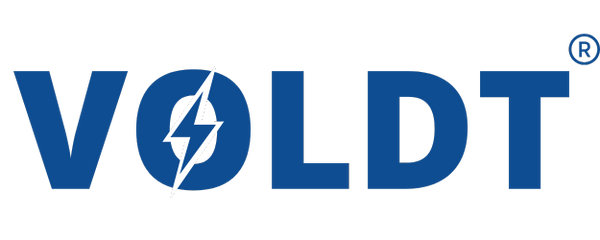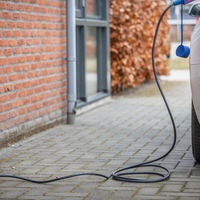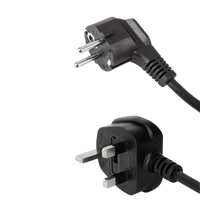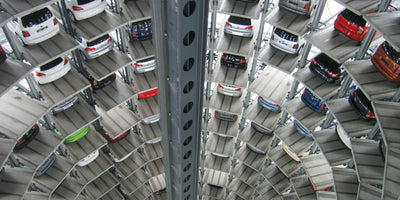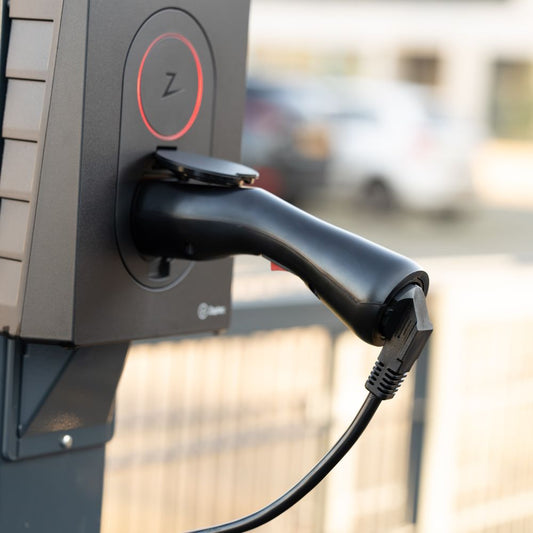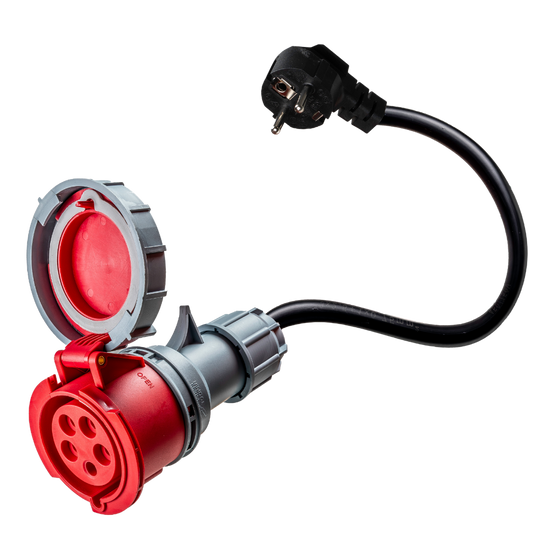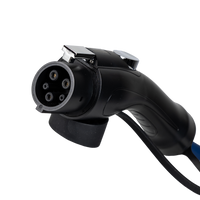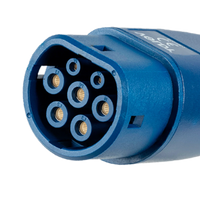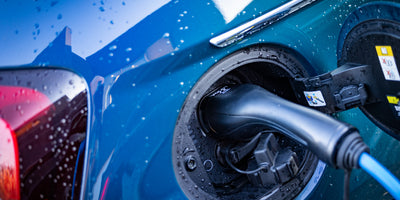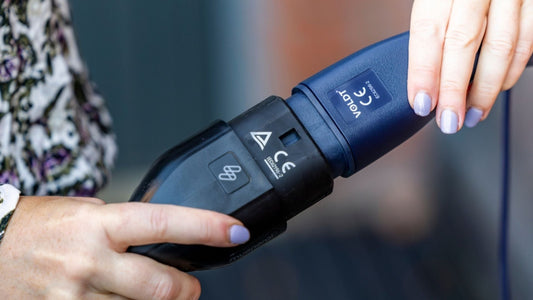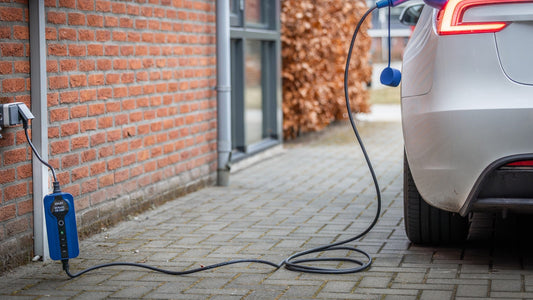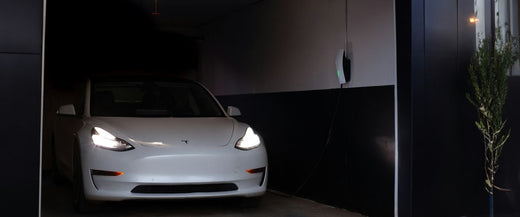Een van de meest gestelde vragen over het bezit van een EV betreft het opladen binnenshuis. Thuis opladen is erg verleidelijk voor veel toekomstige bezitters van een emissievrije auto. Geen tankstations of dure brandstof meer; je auto thuis opladen is handig en over het algemeen de goedkoopste manier van opladen. Het is echter niet zonder uitdagingen en vandaag vertellen we je waar je rekening mee moet houden als je een Level 1 of zelfs Level 2 lader bij je thuis wilt installeren.
Elektrische auto binnenshuis opladen Algemene richtlijnen
Ondanks de beperkingen wat betreft de energie die je in een bepaalde tijd naar je auto kunt overbrengen, is binnenshuis opladen de eenvoudigste manier om je elektrische auto op te laden. Er zijn twee oplaadniveaus: Niveau 1 en Niveau 2. Niveau 1 is in principe een standaard huishoudelijk stopcontact dat 120V elektriciteit levert, terwijl Niveau 2 240V capaciteit heeft maar een EV-laadomvormer op het bestaande huishoudelijke elektriciteitsnet moet monteren. Ongeacht je keuze, beide manieren zijn even gebruiksvriendelijk en vereisen niets meer dan het aansluiten van je auto wanneer je hem 's nachts parkeert en het ontkoppelen wanneer je 's morgens gaat vertrekken.
Hoewel het gebruik identiek is, is er een groot verschil in output en laadtijd. Het basisniveau 1 opladen is de langzaamste manier die beschikbaar is, waarbij ongeveer 5 tot 7 kilometer bereik wordt toegevoegd in een uur opladen. In de meeste gevallen levert Niveau 1 tot 2,3 kWh per uur, wat betekent dat het opladen van een gemiddelde EV-batterij (65 kWh) meer dan 10 uur duurt. De Level 2 lader is echter aanzienlijk efficiënter, met tot 7 kWh per uur, zodat de batterij van de elektrische auto 's nachts volledig kan worden opgeladen. Wat betreft kilometrage kan de Level 2 tot 40 kilometer bereik toevoegen in ongeveer een uur opladen.
Het derde belangrijkste punt met betrekking tot opladen binnenshuis of thuis is de prijs. Thuis opladen op niveau 1 is het goedkoopst omdat 1 kWh elektriciteit meestal verkocht wordt voor 0,20 tot 0,40 euro, afhankelijk van het land. In sommige regio's is het nachttarief voor elektriciteit nog betaalbaarder, en dat is wanneer de meeste EV's worden opgeladen, zodat de tarieven nog lager kunnen zijn. Opladen met niveau 2 kost meer omdat er meer elektriciteit verbruikt wordt (2-3 keer zoveel kWh) en deze manier vereist ook een muurkast, 240 V stopcontacten, kabels en professionele installatie. Maar voor eigenaars die snelle oplaadtijden belangrijker vinden dan de kosten, is dit de enige keuze.
 Ontworpen en geproduceerd door Voldt®
Ontworpen en geproduceerd door Voldt®